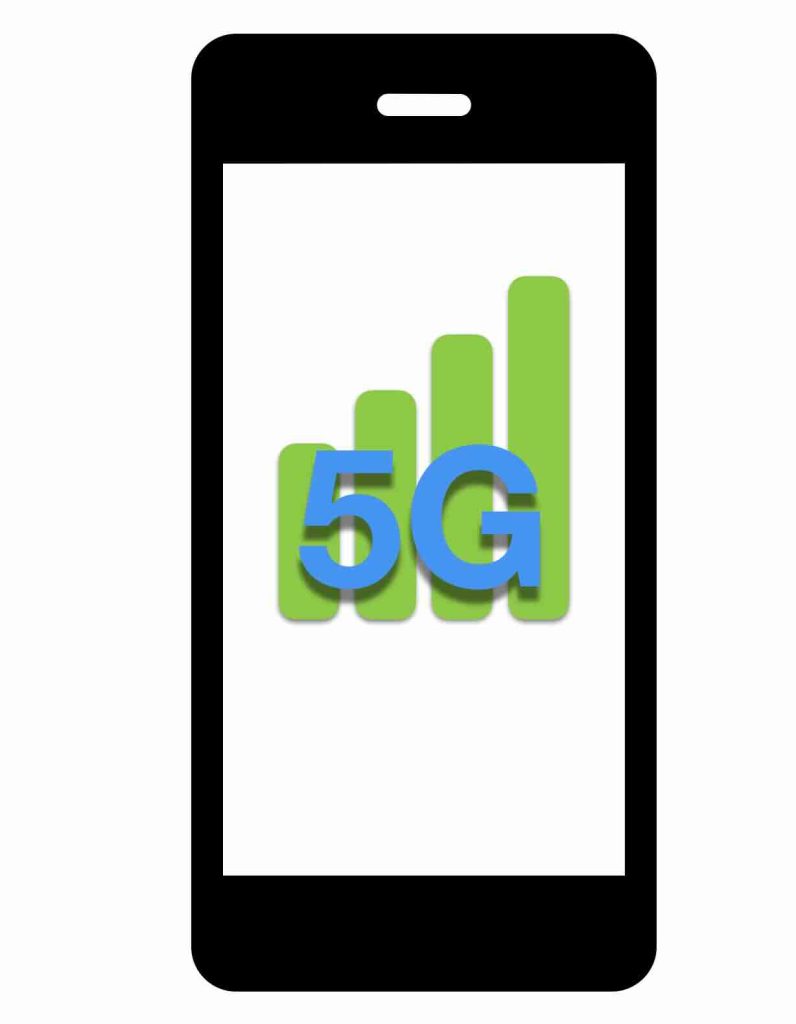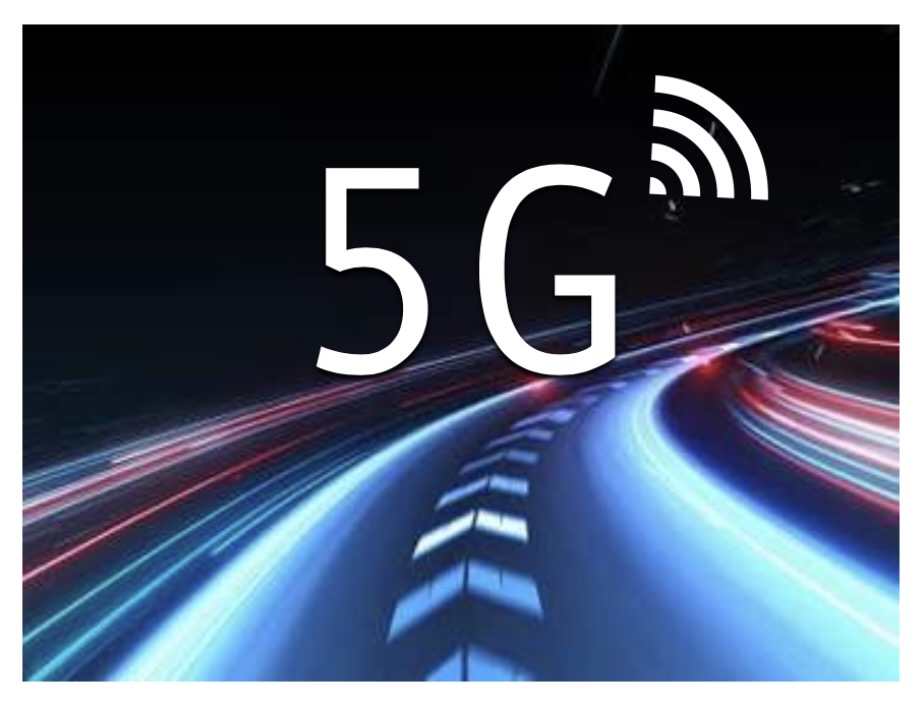5G has proven to be a reliable Internet service, offering faster internet speeds, lower latency, and a more reliable connection. However, as many users experience, 5G signal strength can vary greatly depending on the location, network conditions, and the device being used. If you’ve ever wondered what those signal bars on your phone really mean […]
Tag: low-band
The Factors Impacting Your 5G Bandwidth Speeds
The dawn of 5G promised lightning-fast internet speeds, heralding a new era of connectivity. However, the reality often falls short of these lofty expectations, leaving many users frustrated and wondering why their 5G speeds are not as blazing fast as advertised. Several factors can affect your 5G bandwidth speeds, ranging from technical limitations to network […]
5G and Telecommunications: How 5G is Reshaping the Industry
Technology continues to advance at an unprecedented pace. The emergence of 5G stands out as a pivotal moment in the evolution of connectivity and has fundamentally transformed the telecommunications industry in ways that would have been science fiction a few decades ago. This fifth-generation wireless technology has swiftly become a driving force behind a new […]
What Frequency Bands Does 5G Use?
If you’re in the market for a 5G cellular modem or router, you may want to consider its supported frequency bands. There are three types of 5G. Sub-6 (also called FR1) refers to low band frequencies below 6GHz, and mmWave (also called FR2) refers to frequencies over 24GHz. You also have mid band, or the […]
To Be, or Not to Be 5G…
That is the question indeed, on many of our minds! Much like the confusion around AT&T and T-Mobile’s 4G HSPA+ – an update to 3G, but not quite comparable to LTE performance – carriers are leading customers to believe they’ll be getting all that 5G service has been promising – faster speeds and lower latency. […]
How Does 5G Work?
5G is the fifth generation in cellular networks, but there are many layers to consider as we start to become immersed in this new technology. Using a different type of encoding than 4G LTE service, 5G is designed for much lower latency and greater flexibility. Its method for dispersing signals is almost spider web like […]



